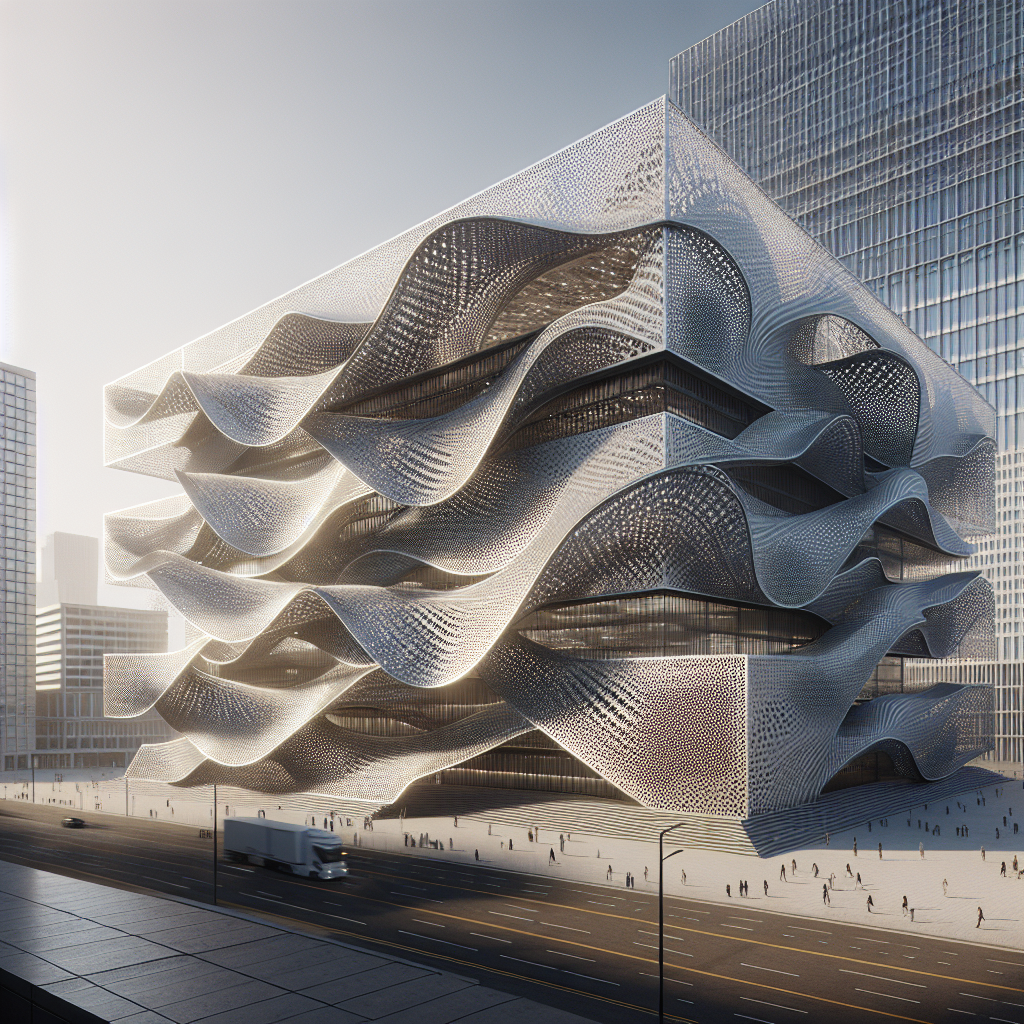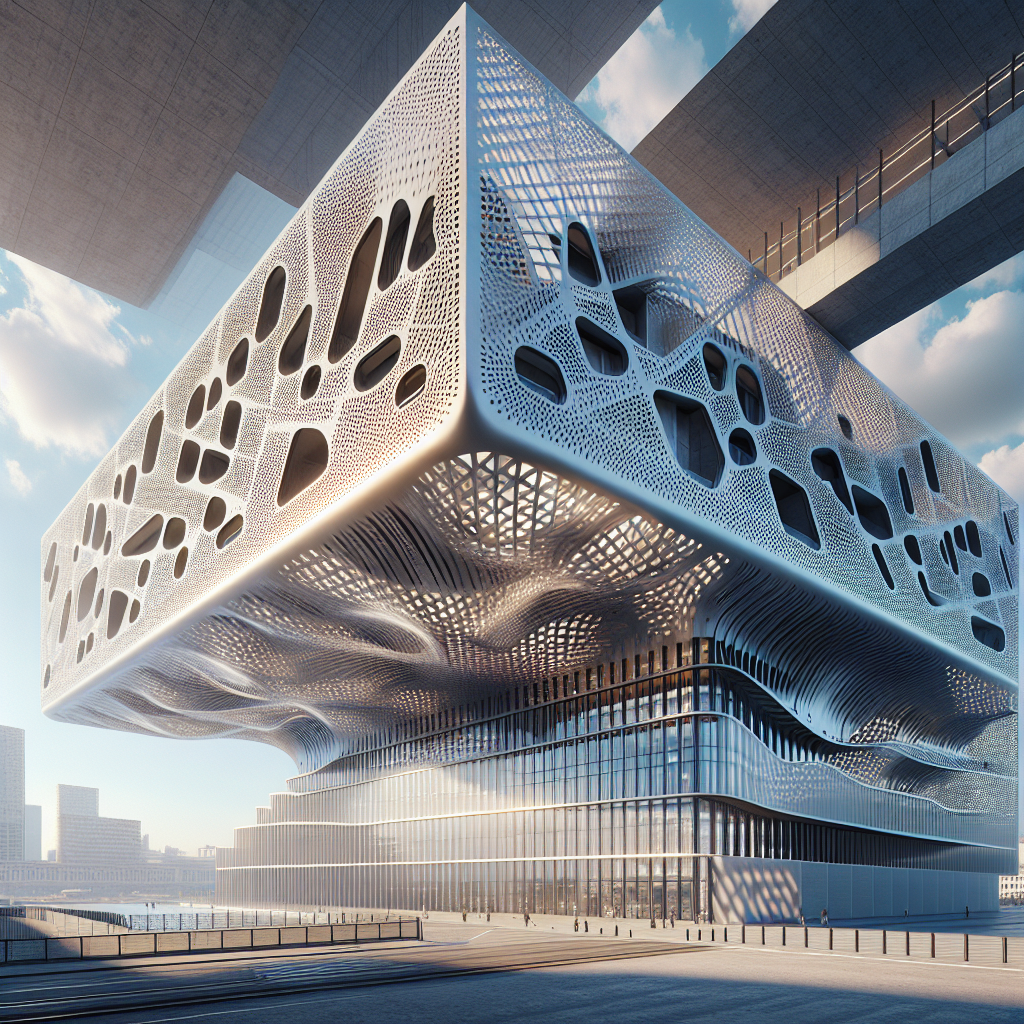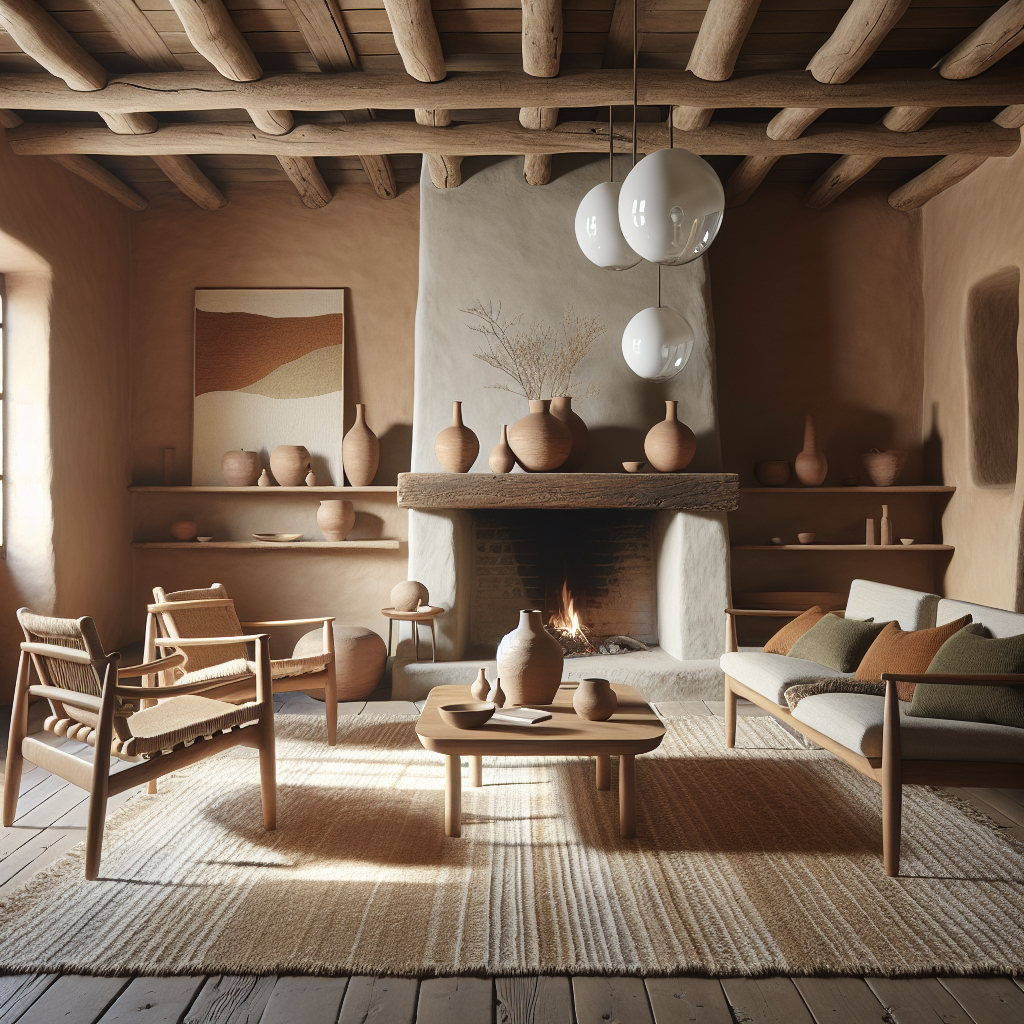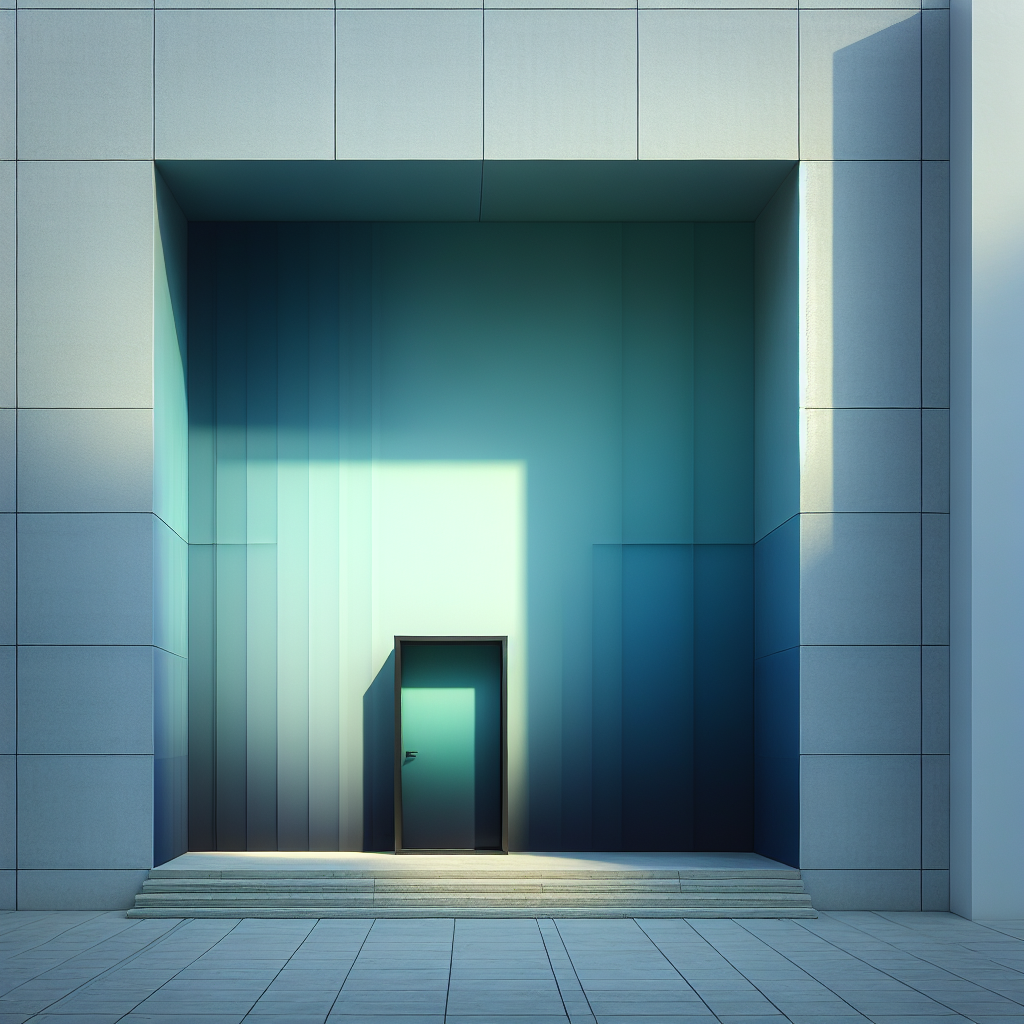Moiré patterns in architecture layered screens producing optical illusions
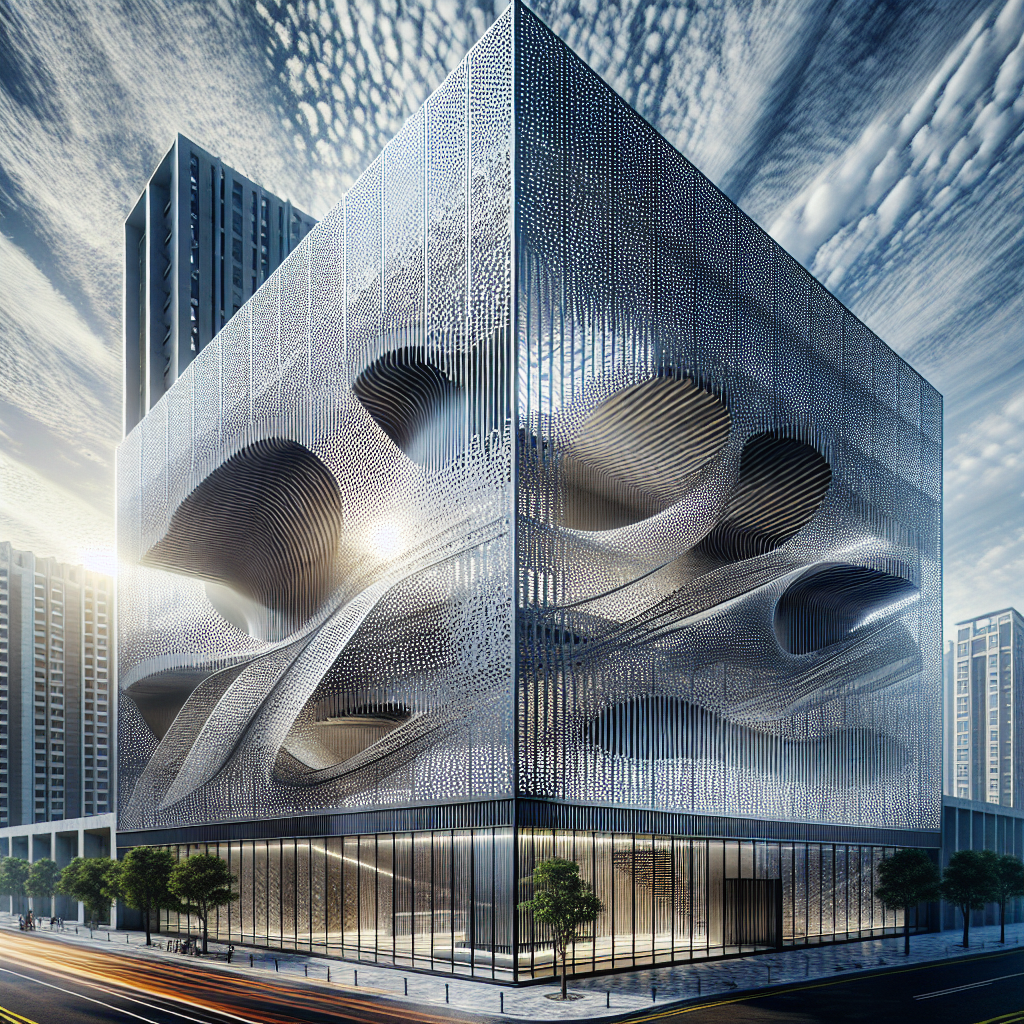
The Optical Magic of Moiré Patterns in Architecture
In the ever-evolving world of architectural design, the interplay of light, shadow, and materiality has always been a defining element. One of the most intriguing visual phenomena to emerge in contemporary architecture is the use of moiré patterns. These mesmerizing optical illusions, created by layering perforated screens or facades, have captivated architects and designers seeking to push the boundaries of perception and space.
Understanding Moiré Patterns in Architectural Design
Moiré patterns occur when two grids or layers with repetitive elements—such as perforations, louvers, or mesh—are superimposed at slight angles or with varying spacing. The resulting interference creates a dynamic, shifting visual effect that changes depending on the viewer’s position and the light conditions. This phenomenon, often associated with textiles and printing, has found a new home in architecture, where it is being used to create kinetic facades, shading systems, and even entire building envelopes.
Architects are increasingly leveraging moiré effects to add depth and movement to otherwise static structures. By layering metal screens, glass panels, or even timber slats, they can generate a sense of fluidity that transforms the experience of a building. This approach aligns with the broader trend of parametric design, where computational tools allow for precise control over these optical interactions.
Innovative Applications in Contemporary Architecture
Several high-profile projects have embraced moiré patterns to enhance both aesthetics and functionality. One striking example is the Musée des Confluences in Lyon, France, where a perforated metal skin wraps around the building, creating an ever-changing play of light and shadow. Similarly, the Al Bahar Towers in Abu Dhabi employ a dynamic facade system inspired by traditional Arabic mashrabiya screens, adjusting to sunlight while producing intricate moiré effects.
Another notable example is the Shanghai Bund Financial Center, designed by Foster + Partners and Heatherwick Studio. Its kinetic facade, composed of overlapping bronze tubes, creates a mesmerizing shifting pattern reminiscent of traditional Chinese theater curtains. This dynamic quality not only enhances the building’s visual appeal but also serves a practical purpose by modulating light and heat.
The Psychological and Spatial Impact of Moiré Patterns
Beyond their aesthetic allure, moiré patterns have a profound impact on how we perceive space. The shifting visuals can make a structure feel lighter, more ethereal, or even disorienting, depending on the intensity of the effect. This plays into the psychology of architecture, where movement and perception influence how individuals interact with a space.
In urban environments, moiré facades can introduce a sense of dynamism that contrasts with the rigidity of conventional buildings. This aligns with the growing emphasis on responsive architecture, where buildings adapt to their surroundings and the needs of their occupants. By integrating layered screens, architects can create structures that feel alive, constantly shifting with the movement of people and changing light conditions.
Challenges and Considerations in Implementation
While moiré patterns offer a wealth of design possibilities, their implementation comes with challenges. One of the primary concerns is material selection. The choice of perforated metal, glass, or composite materials significantly affects the intensity and visibility of the moiré effect. Additionally, precise alignment is crucial—slight miscalculations can disrupt the intended visual interplay.
Another factor to consider is the potential for visual discomfort. In some cases, excessive moiré effects can create a sense of dizziness or unease, particularly in high-traffic areas. Architects must strike a balance between aesthetic intrigue and user comfort, ensuring that the patterns enhance rather than overwhelm the spatial experience.
The Future of Moiré Patterns in Sustainable Architecture
As sustainability becomes a central focus in architecture, moiré patterns are finding new applications in zero-waste design and energy-efficient buildings. Layered facades can function as passive shading devices, reducing heat gain and minimizing reliance on artificial cooling. By strategically positioning perforated screens, architects can optimize natural ventilation while maintaining visual intrigue.
Moreover, advancements in digital fabrication and parametric modeling are enabling more precise control over moiré effects. This allows for the creation of facades that respond dynamically to environmental conditions, further blurring the line between art and function.
Conclusion: A New Dimension in Architectural Expression
Moiré patterns represent a fascinating intersection of mathematics, material science, and artistic expression. As architects continue to explore the potential of layered screens, we can expect to see even more innovative applications that challenge our perception of space and movement. Whether used for shading, aesthetics, or interactive facades, these optical illusions are reshaping the way we experience the built environment.
In an era where architecture is increasingly about engaging the senses, moiré patterns offer a compelling way to introduce dynamism and depth. As cities evolve and technology advances, this visual phenomenon will undoubtedly play a growing role in the future of design.
“`; “`html;
